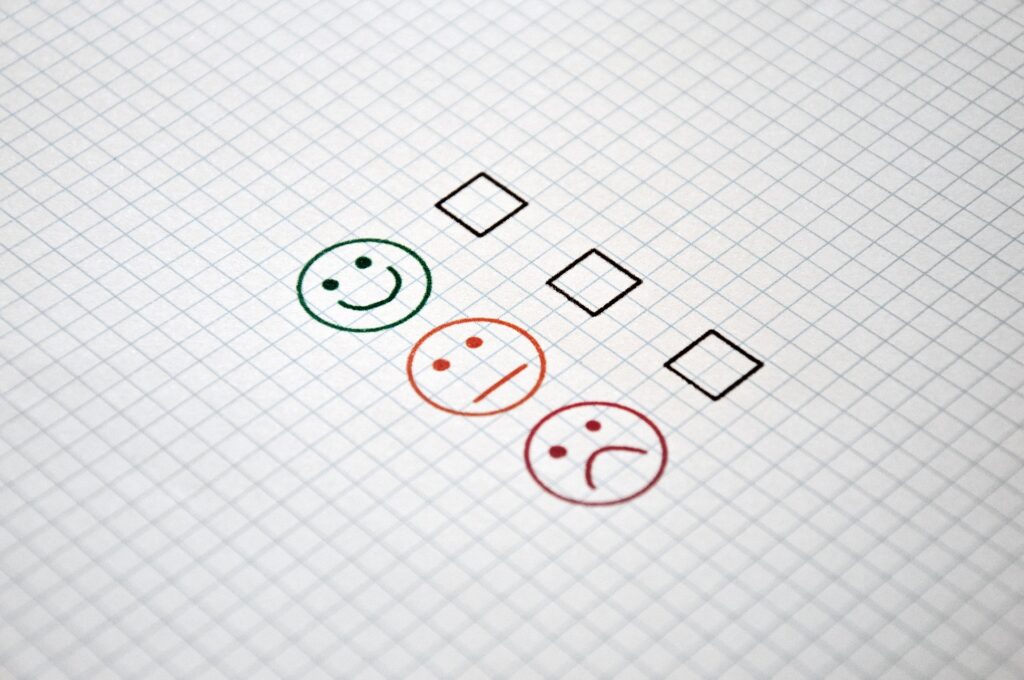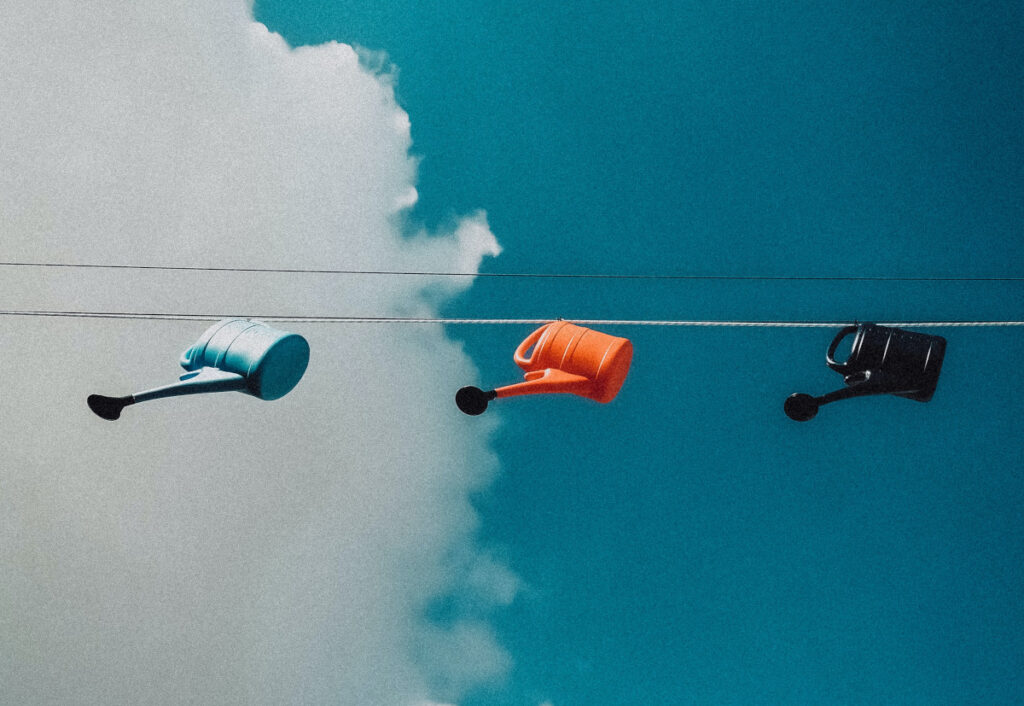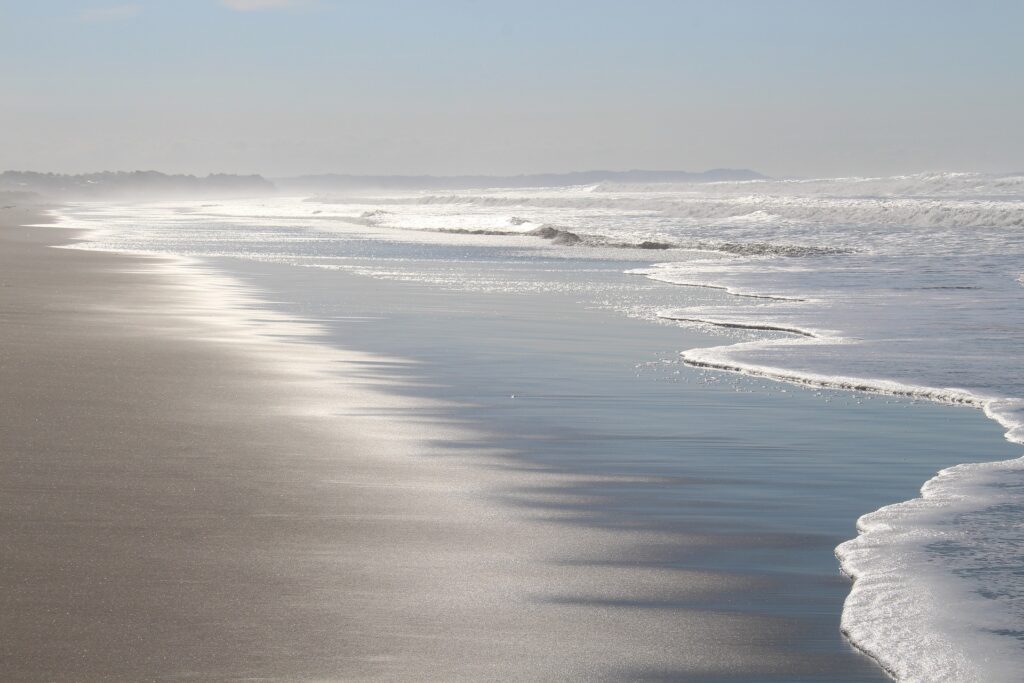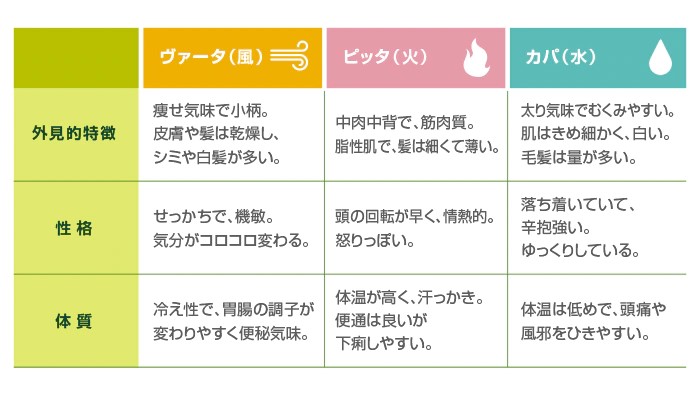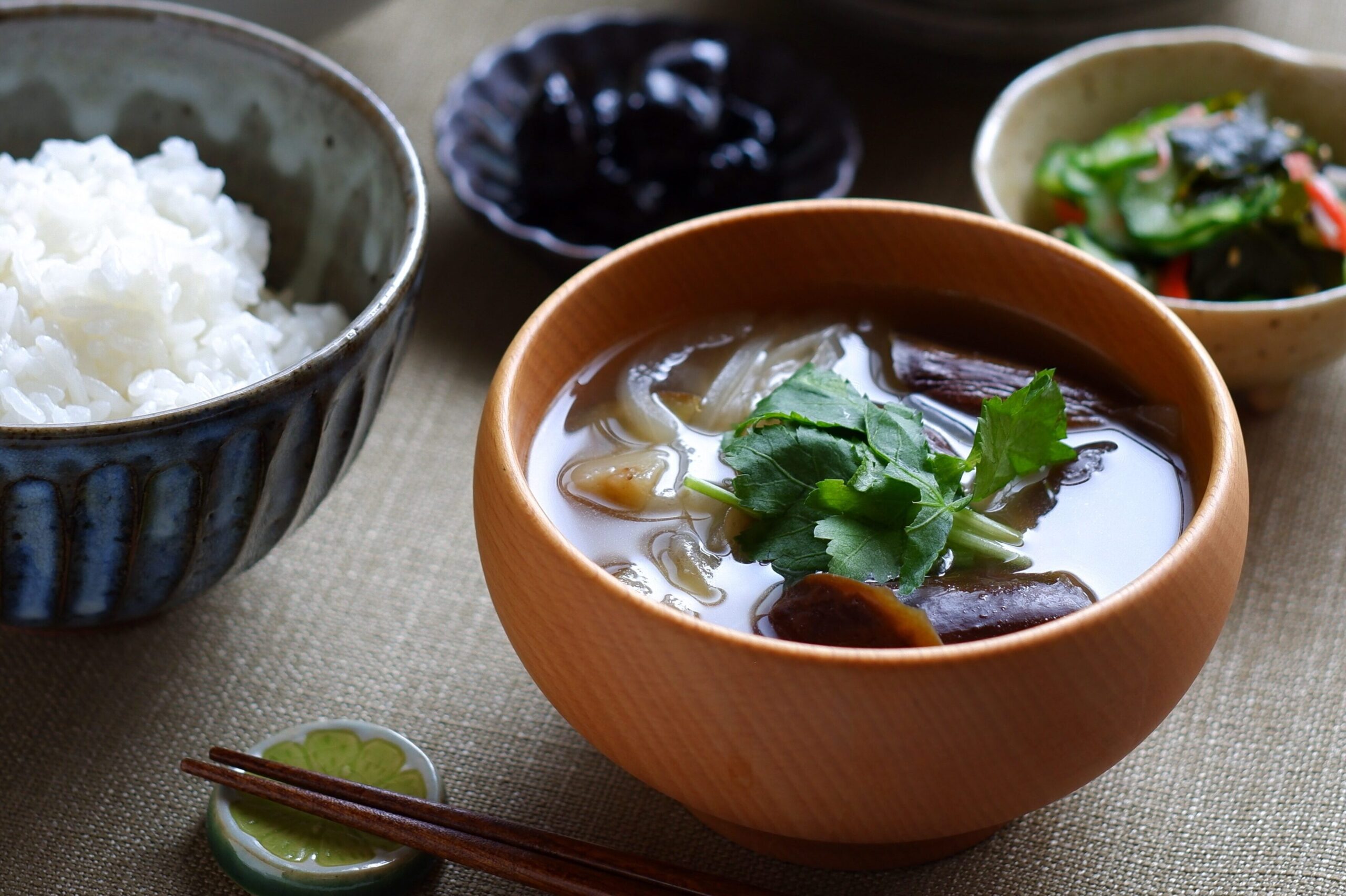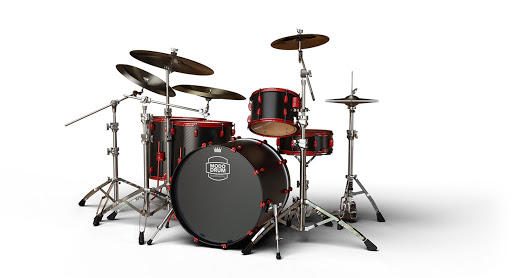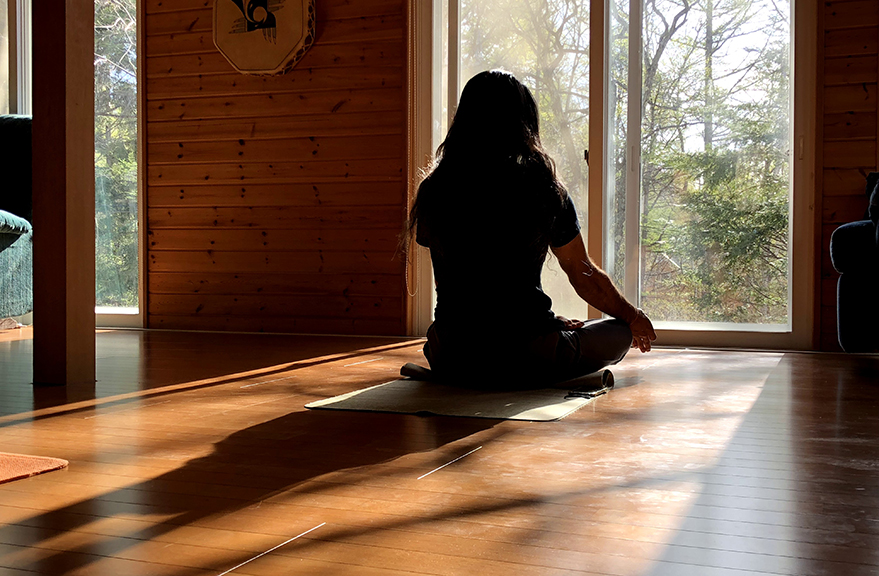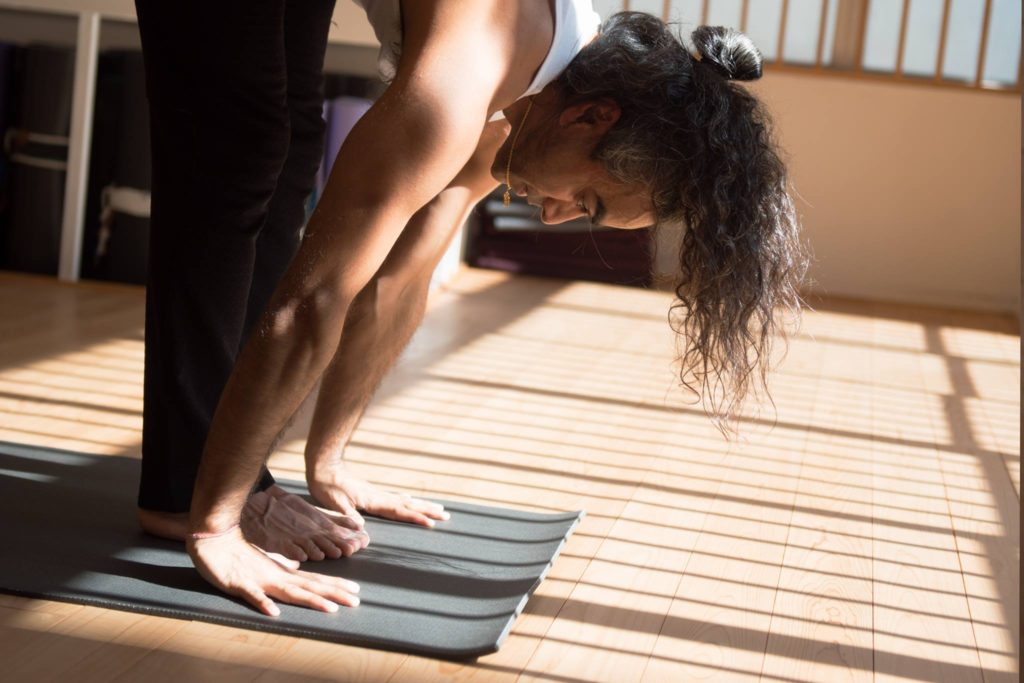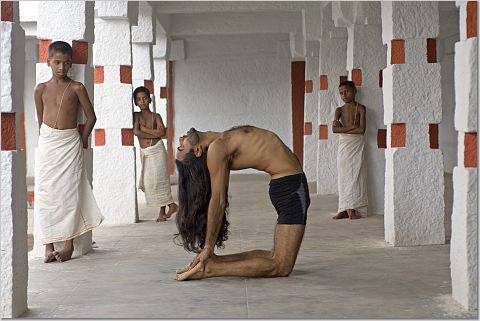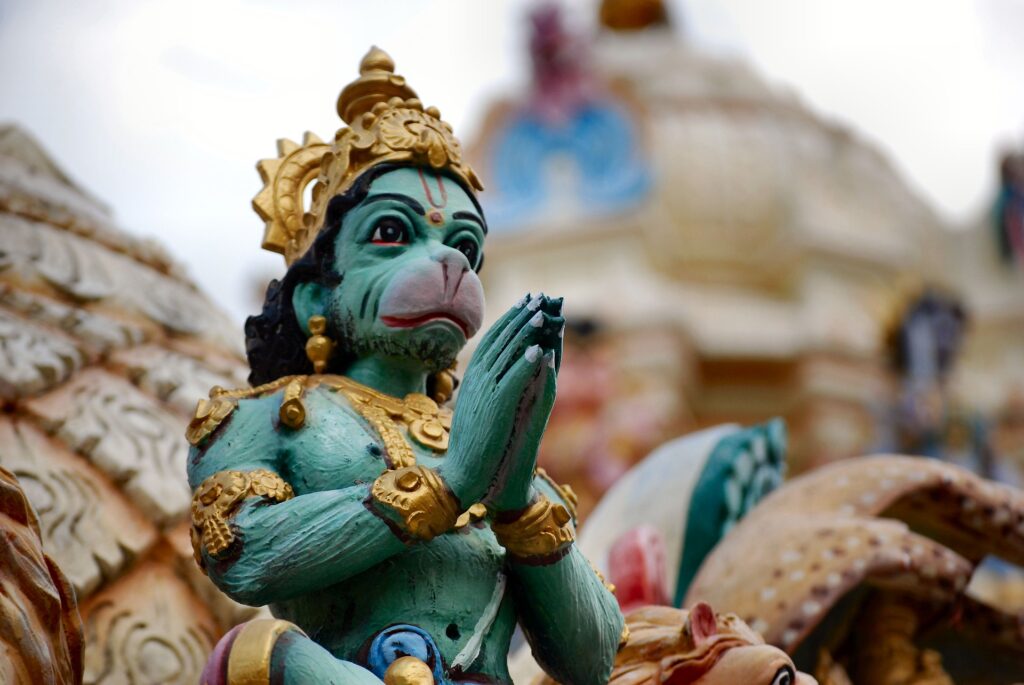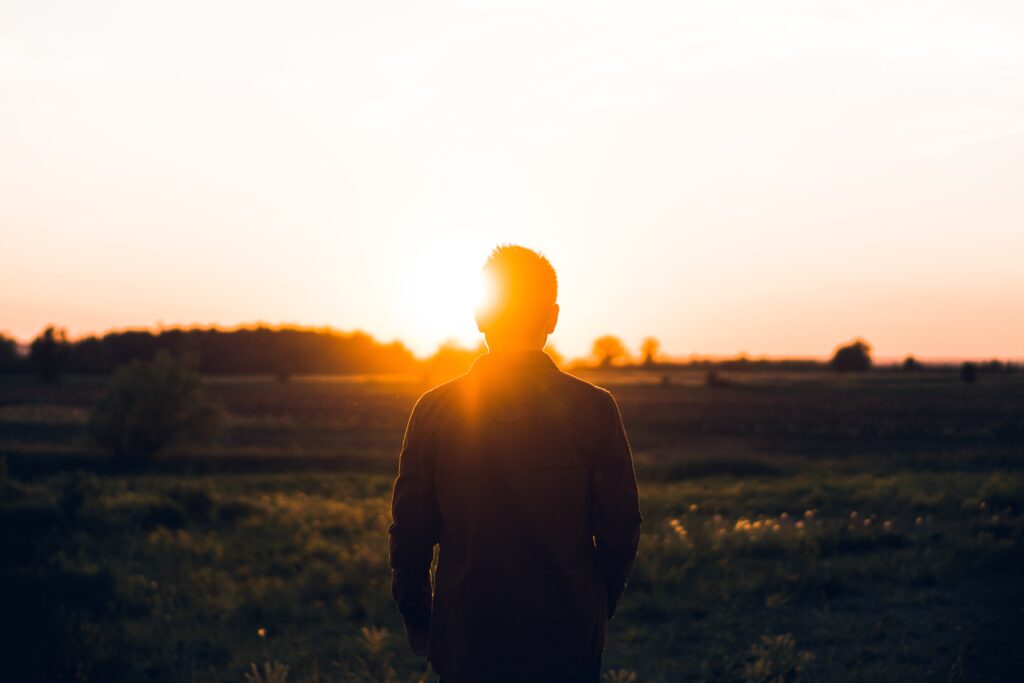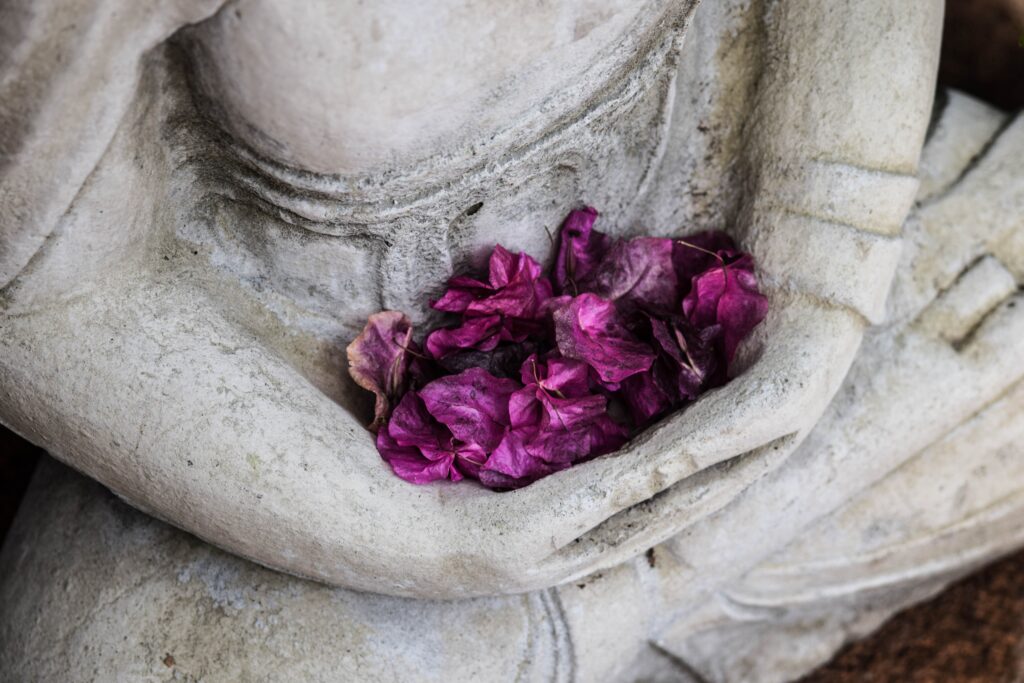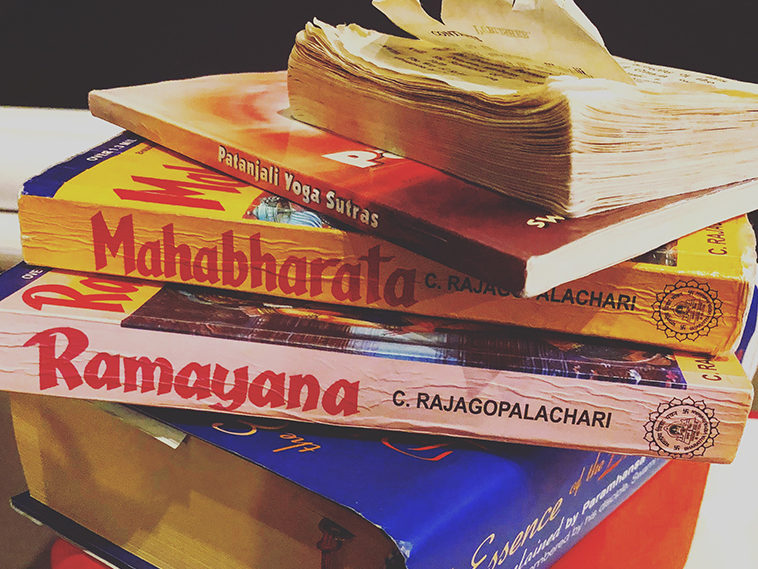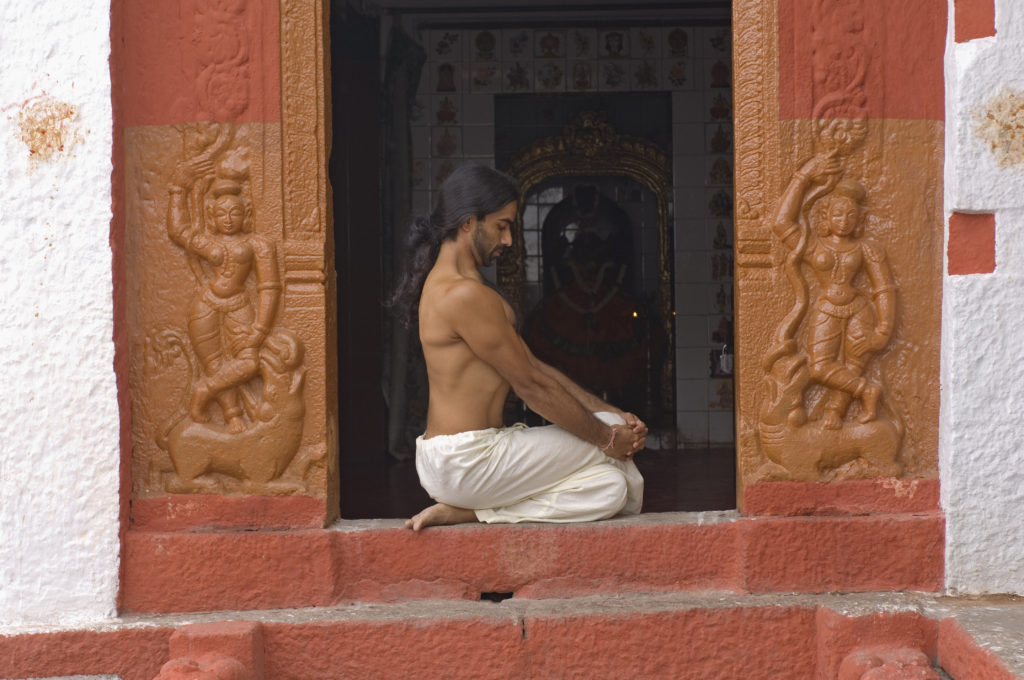Practicing Happiness ~5 Practical Ingredients for Your Happiness Recipe~
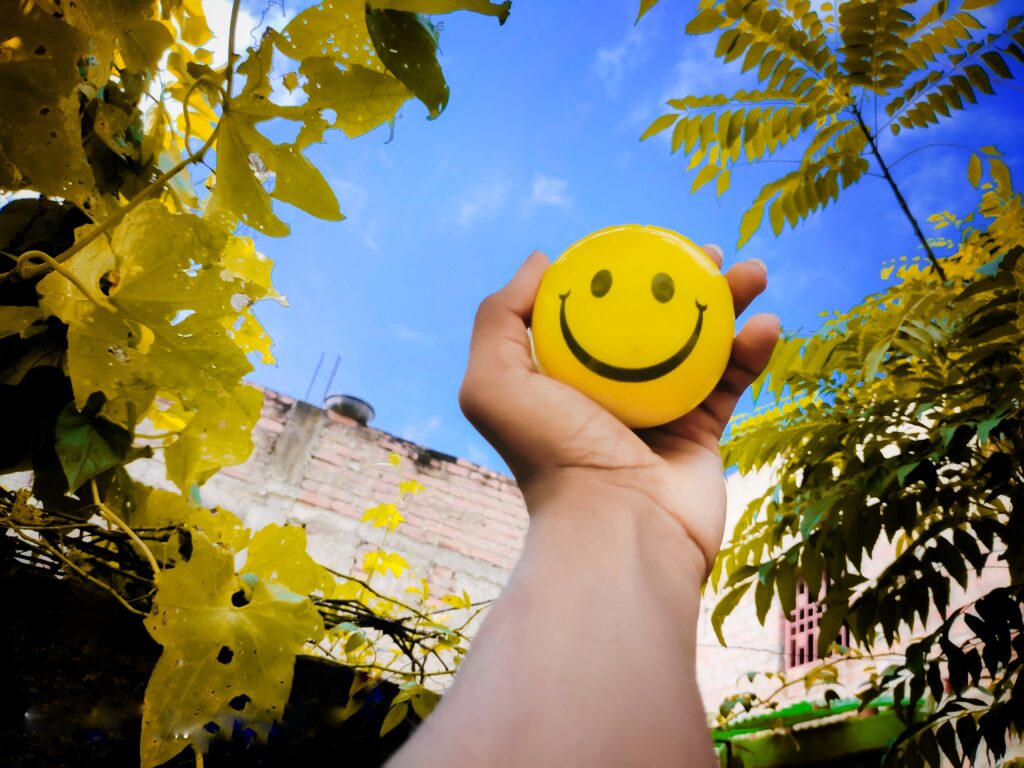
*Scroll down for English
誰もが幸せになりたいと願う事があるでしょう。でもどこか儚げなそれは、ただ必死に追い求めれば手に入るものでしょうか。
シーソーが身体をぐいっと押し上げてくれる時のように、瞬く間に頂点に達するような心地良い幸福感を味わえたかと思えば、それが一瞬で押し戻され不安の渦の中 – 恐れ・ジェラシー・不安・怒り・落ち込み等 – へ放り込まれるような心のざわつきは誰でも経験することです。
心地良い幸福感を束の間のものにすることなく維持するには、どうすればいいでしょうか。
幸せは、勝手にやってきては去っていくもののように思われがちですが、決してそうではありません。古代の人々はそれに気づき、「ハピネスへの習慣」を作りました。
早朝の瞑想や川での水浴び等、一日にいくつかのルーティンを作り、決まった時間にそれをして集中することで、ネガティブな感情を抑えられると考えていたからです。彼らは、自分の内側に向かうこと、つまり内なる声に耳を傾けることを大切にし、そのための時間をしっかりと確保していたのです。
そして、サンガ(コミュニティ)からのサポートもとても大切にしていました。人とのつながりは新しい洞察力や人生に役立つヒントを与えてくれるからです。古代の人々も私たちも、人とつながり、互いの行動に影響を与え合いながら生きています。「そこで誰と何をするか」がとても大切なのです。
By keeping the fluttering mind somewhat restrained,
we open up the door for happiness and contentment to enter.
By keeping the right company,
we increase our chances of making this a habit.
揺れ動く心を抑えることで
幸福と満足の扉が開かれる
正しい仲間といることが
その習慣化の可能性を高くする
では、誰と何をすれば「ハピネスへの習慣」を掴めるのでしょうか?
全ての人に当てはまるレシピはありませんが、私がお勧めの役立つ5つの材料をご紹介します。

#1. 幸せを習慣にする
「幸せになる権利がある人」が決まっていたとしたら、どんな材料を紹介したとしても人生への希望はきっと失われてしまうかもしれません。でも「幸せは既に自分の手の中にある」事に気がつけば、私たちの考え方や行動はきっと変わるはずです。
#2. 自分の幸せは、外では見つからない
「お金で幸せを買うことができない」という言葉をあなたは信じますか?
今まで幸せを感じた瞬間を思い出してみて下さい。目を閉じて瞼の裏に広がる景色は5つ星の素敵なリゾートでしたか?もしかすると、大切な家族や友人との会話より色濃く残る思い出が浮かんできたりしませんか?
裏を返せば、幸せを後押ししてくれそうに思える「物」や「人」等、全ての条件が揃っていたとしても人は孤独を感じるもの。あなたは自分の内面から沸き起こるものだけで幸せになれるはずなのです。
What made you happy was
being fully present with the moment
so that you could experience it to its fullest.
通り過ぎてゆくその一瞬に完全に立ち会い
その瞬間を最大限に経験することができた時
それがあなたを幸せにする
#3. タスクだけをこなしてゴールを急ぐ必要はない
マルチタスク現代を生きる私たちは、とても忙しく、前だけを見て走り抜ける日々を送りがちです。脇目も振らずにこなしたタスクから得たその「褒美」はあなたを幸せにしていますか?あなたの物語が色づく瞬間を見逃さぬよう、時にはゆっくり景色を眺めながら人生の旅を楽しんでみるのも大切なタスクかもしれません。
終わりのないTo Doリストに振り回されていると、生活が何となく落ち着かなくなる事があります。仕事への取り組み方、食事のスピード、旅先での過ごし方、会話の運び方等。
人生は貴重な瞬間を味わうためにあるものです。美味しいチョコレートのように。ほんの少しスローダウンして見える景色を楽しみましょう。
#4. 愚痴をやめましょう!
文句を言おうが言うまいが、天気は変わったりしないのです。人生の貴重な時間とエネルギーを愚痴を言うことに費やして幸せを遠ざけてしまうなんて本当に勿体ない事だと思いませんか?
正しくないと思う事や人間関係を解決しようと努力するのは素晴らしい事ですがその状況を変えなくては、と一人で頑張りすぎないで。気がつくと誰かのせいにする事や不平不満を口にする時間や回数が増えているかもしれません。自分の幸せの味がどんなものであったかを見失うだけでなく、周りにいてくれる大切な人をも遠ざけてしまうかもしれません。
#5. Sanga(サンガ): 正しい仲間とのつながりを大切に
私たち人間は周りから影響を受けやすい生き物です。あなたの側にいる人が他人を批判してばかりいたら?「私に限っては大丈夫!」と思い、そうならぬよう十分に注意をしていたとしても、知らぬ間に周りにいる人の癖がマリネのように浸透してしまうことは少なくありません。
一方で、自分の中にある幸せを大切に扱う事ができるコミュニティで過ごす事ができれば、これだ、と思える幸せを感じ味わうことはそれほど難しいことではないのです。
今日ご紹介した5つの材料はそれほど珍しいものではなく、既にあなたの手の中で出番を待ってるものばかりです。これらを使ってハピネスへの習慣を掴みましょう!
Practicing Happiness
~5 Practical Ingredients for Your Happiness Recipe~
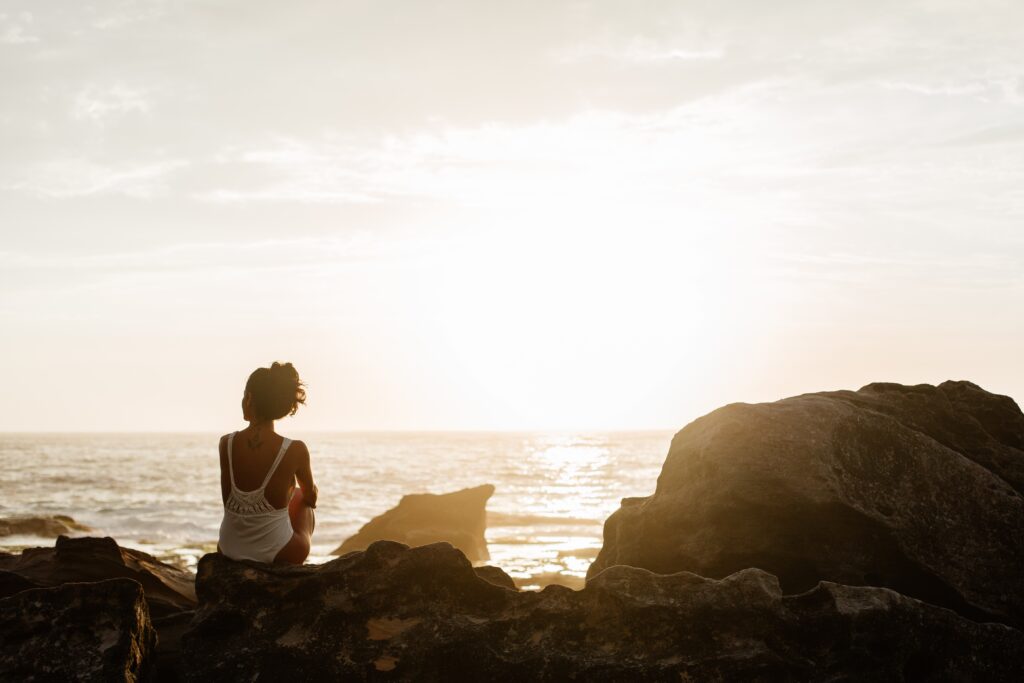
We all want happiness, we all strive for happiness and yet it seems so elusive and fleeting.
One moment we are on top of the world – everything feels just right and we are in our ‘zone’. Yet the next moment, fear, envy, insecurity or their energy-sucking siblings anger, frustration, anxiety find their way in and squeeze out the happiness.
What’s with this see-saw battle and how can we tip it in favor of happiness?
Since we experience happiness as intermittent, we tend to think that it just comes and goes on its own. But the Ancients recognized that happiness can be practiced.
They realized that creating routines such as waking up early, sitting and meditating under the morning sun, bathing in the early morning river, and performing rites and rituals at various times of the day could help to focus the human mind; and that that focus could in turn help to keep the all-too-human negativities, fears, anxieties and more at bay.
They emphasized going inwards – contemplation, meditation, listening to your inner voice – and made time for this endeavour.
And they experienced the support of sanga or ‘community’, which afforded them new insights, helpful hints and, perhaps most importantly, constant reminders of the goal and the importance of practice in getting there.
In short:
By keeping the fluttering mind somewhat restrained,
we open the door for happiness and contentment to enter.
By keeping the right company,
we increase our chances of instilling this habit.
So how does this help us here and now? Cook up your own batch of happiness!
While there is no one “Happiness Recipe” for all, here are my 5 Practical Ingredients you may want to add to your recipe.
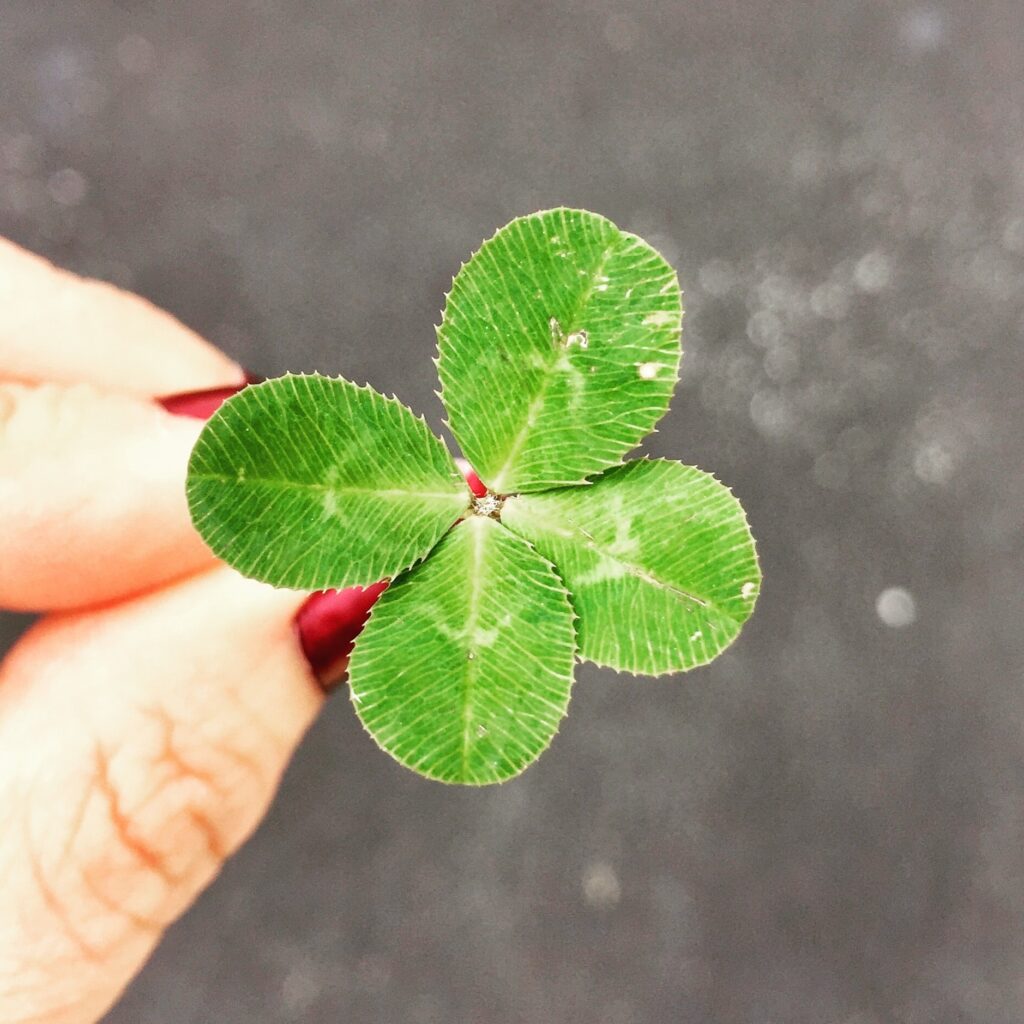
1. Realize that happiness can be practiced
This cannot be emphasized enough! If you think that just so-called ‘happy people’ are entitled to happiness or that happiness comes and goes on its own, then all hope is lost and you are stuck where you are just grinding it out. On the contrary, once you realize that happiness is in your hands, your whole outlook and your actions will change to fit the new paradigm.
2. Understand that your happiness is not out there in things or in other people
You’ve heard it a million times “money can’t buy happiness”. But do you believe it? And do you live like you believe it?
Just take a good look at your experiences in life. Which were the moments that brought you ‘real’ happiness, joy and contentment? If you look carefully, you’ll realize that it wasn’t the things or even the people that made you happy. It wasn’t the fancy meal at a Michelin star restaurant, nor the 5-star resort overlooking the pristine beach nor even family and friends that made you happy.
What made you happy was
being fully present with the moment
so that you could experience it to its fullest.
And you know this to be true because you have experienced being unhappy even when you had all of the ‘right’ pieces in place – the right hotel, the right restaurant, the right food, the right car, the right house, the right party, the right job, the right partner. And you have felt lonely and unhappy even when your best friends or family were all around.
The flipside is that even if all of the ‘right’ pieces or people are not around, you can still be happy. Because that happiness is not ‘out there’.
3. Don’t rush to finish things or to get to the goal
In our very busy, achievement-oriented, multi-tasking modern world, we get so caught up in rushing to the end that we forget to enjoy the journey. And the problem with rushing to the end, as we just found out in 2. above, is that gold bars of happiness are not waiting for us in a pot at the end of the rainbow.
Every time we rush to finish, we just end up rushing right into the next thing. You see it in how most of us lead our lives – in how we work, eat, and travel (got to check off my list of all of the tourist spots!). And nowadays you see it in how we engage with friends (is this even the right word anymore?) on SNS. We bounce around from one chat to the next, from one notification to the next, from one 2 or 3-second video clip to the next, never really absorbing and experiencing the moment.
But precious moments of life are here to be savoured. Much like a great meal or a delicious piece of chocolate, if you just gobble it up, the moment is gone.
Why are you rushing? Where are you going?
4. Stop Complaining!
One sure-fire way to keep happiness away is to spend your precious time complaining. The weather is what it is, whether you complain about it or not. People are the way they are. Complaining won’t help change anything but it will use up your time and energy that could otherwise be used for practicing happiness.
It’s good to be industrious and try to fix things, situations, relationships that aren’t right but try to catch yourself if you are spending an inordinate amount of time (or any amount of time) complaining. You not only do a disservice to yourself but to those around you.
And this leads me to ingredient number 5…
5. Sanga: Keep good Company
It’s always easier to practice something if others around you are doing the same. If everyone around you swears, chances go way up that you will also swear. If your friends and colleagues are always complaining, you are probably at risk of picking up the habit as well (the perils of which we discovered in 4 above). If those around are fixated on having things, gravity will pull you in that direction. You’ll have to work a lot harder to maintain your practice of ‘being present’ and ‘experiencing the moment’.
On the other hand, if you find a community that supports practicing happiness, finding happiness within, savouring the moment and not complaining, well, it’s not rocket science, you will find it easier to pursue your practice.
So those are 5 perhaps obvious yet often difficult to maintain tips you can start to implement right away. It doesn’t actually take much or long before you start seeing the results. And it’s in your hands.
Good luck in your pursuit of happiness and go easy on yourself and others.
